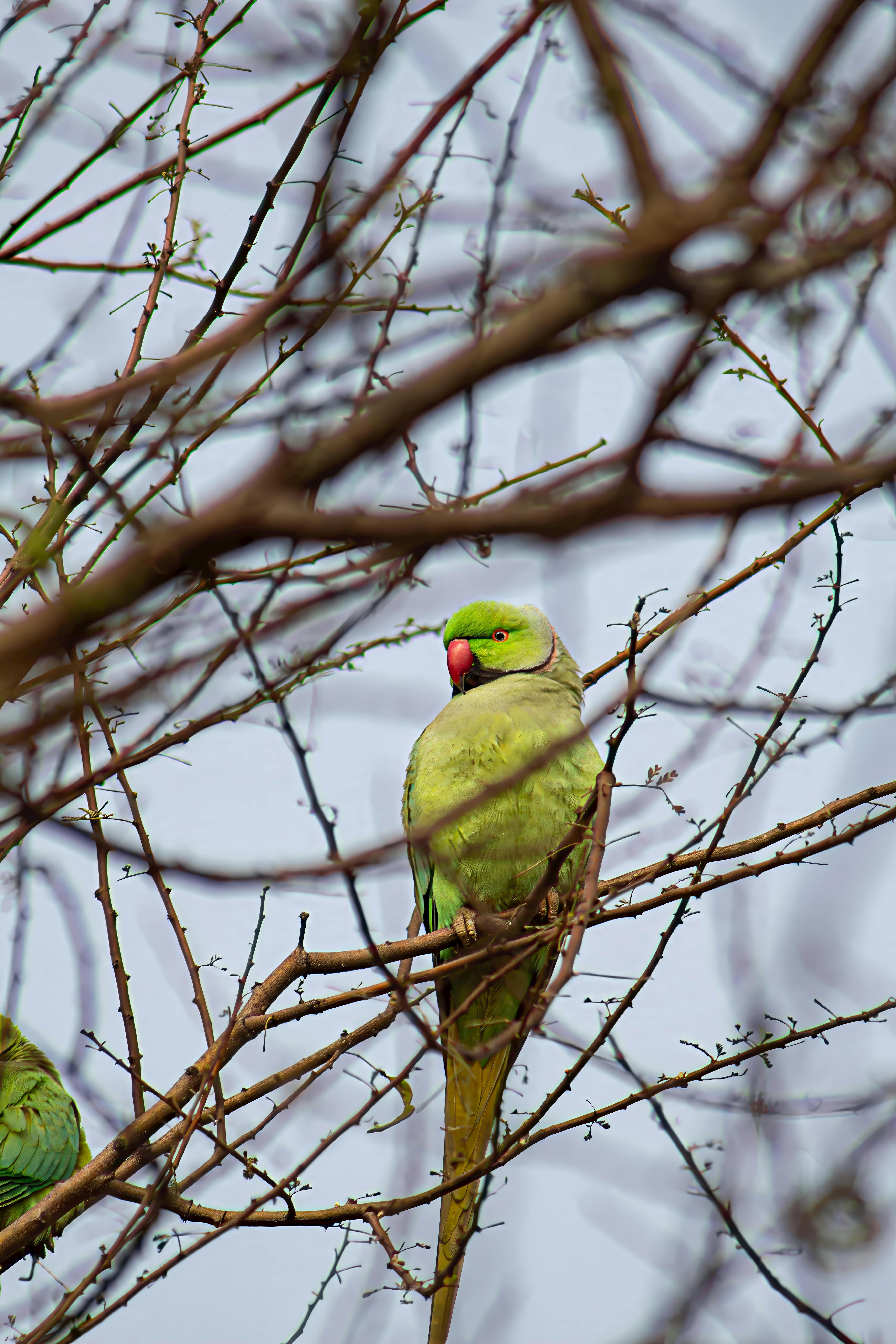5 Essential Tips for Caring for Chili Rasbora in 2025

5 Essential Tips for Caring for Chili Rasbora in 2025
The chili rasbora (Boraras brigittae) is a captivating small fish species that has gained popularity among aquarists due to its vibrant colors and delightful temperament. Often sought after for community aquariums, these nano fish thrive in specific environmental conditions, making it essential for owners to understand their care requirements. In this article, we will explore the essential tips for successfully keeping chili rasboras, including their size, growth, and compatibility with other fish. By following these guidelines, you can ensure a healthy and flourishing environment for your aquatic friends.
Understanding chili rasbora's dietary needs, tank setup, and social behaviors plays a vital role in their overall wellbeing. As these fish exhibit specific preferences when it comes to habitat, water quality, and companionship, it's crucial to tailor your approach to meet their requirements. Whether you're an experienced aquarist or a beginner, these essential tips will help guide you in creating an ideal environment for your chili rasbora.
Understanding Chili Rasbora Size and Growth
Chili rasboras are known for their diminutive size, typically growing to be around 1.5 inches (3-4 cm) in length. This makes them an excellent choice for nano aquarium setups where space is limited. Understanding the growth rates of chili rasboras can help you maintain their tank conditions and provide an environment where they can thrive. In their ideal conditions, such as stable water temperature and excellent filtration, the growth of chili rasboras will be optimal.
As these fish grow, monitoring their size is essential to ensure they remain healthy. Ensure that the tank size is suitable for their needs, with at least 10 gallons being recommended for a small school of chili rasboras, as they enjoy swimming freely. A well-cycled tank with smooth gravel or sand substrate along with aquatic plants will contribute significantly to their growth.
Creating the Perfect Chili Rasbora Habitat
To provide the best care for your chili rasbora, creating an ideal habitat is crucial. The key elements are the tank size, temperature, and water parameters. An ideal tank size of 10 gallons or more is recommended to house a small group of chili rasboras. These fish prefer slightly acidic to neutral water, with a pH ranging from 6.0 to 7.5, and a temperature between 72°F to 79°F (22°C to 26°C).
Having appropriate filtration also contributes to maintaining excellent water quality, which is vital for the health of chili rasboras. Furthermore, incorporating live plants like Java moss or floating plants such as Salvinia can provide shelter and reduce stress levels among these delicate fish. This setup not only keeps your chili rasboras comfortable but also replicates their natural habitat, enhancing their coloration and overall well-being.
Understanding Chili Rasbora Temperament and Compatibility
Chili rasboras are peaceful community fish known for their friendly demeanor. Their social behavior allows them to thrive in groups of at least six or more. This social aspect makes them an excellent choice for community aquariums populated with other small species. Their compatibility extends to various tank mates, including other nano fish like cherry shrimp, but caution should be exercised when keeping them with larger or aggressive species.
It's crucial to observe their behavior closely to identify any signs of stress brought on by unsuitable tank mates. An ideal mixed tank will ensure that your chili rasboras have ample space and hiding spots, thus reducing potential aggression from larger or more dominant residents. Strive for a harmonious environment by selecting compatible fish and maintaining optimal water conditions.
Feeding Habits and Diet of Chili Rasboras
Understanding the feeding patterns of chili rasboras is vital for their health and growth. These fish primarily thrive on a diet of high-quality flakes, micro-pellets, and live or frozen foods like brine shrimp and daphnia. It’s important to ensure that the food is appropriately sized for their small mouths to prevent choking or overeating.
A good feeding routine includes providing food two to three times a day in small portions. You should also incorporate a rotation of various food types to keep them nourished and stimulated. Regularly observe your fish to ensure they are eating well and adjust portions as needed. This attention will also help you identify any dietary deficiencies that may affect their health.
Common Health Concerns and Care Practices
Being proactive about the health of your chili rasboras is essential to prevent common diseases that can arise in aquariums, such as ich or fin rot. Regular water changes, proper tank cycling, and maintaining stable water parameters are fundamental practices that contribute to their overall health. The recommended frequency for water changes is 10-20% weekly, which helps eliminate toxins and harmful bacteria.
Keeping an eye on their behavior can also reveal any health issues; for instance, lethargy or loss of appetite are indicators that something may be wrong. If you notice any unusual behavior, checking for signs of disease promptly will allow for timely intervention. Moreover, consulting an aquatic veterinarian or specialized aquarist can help address any severe health concerns.
Conclusion: Embracing Your Chili Rasbora Journey
Caring for chili rasboras can be a rewarding experience, as these colorful fish bring life to any aquarium setup. By understanding their size, growth, habitat requirements, temperaments, and dietary needs, you can create an aquarium that supports their health and happiness. Whether you're a new aquarist or expanding your existing community tank, prioritize their care through optimal practices to achieve success.
As you embark on your journey with chili rasboras, remember that a little effort goes a long way in ensuring their well-being. With proper care, you will enjoy observing their captivating behaviors and stunning colors in a thriving aquatic environment.